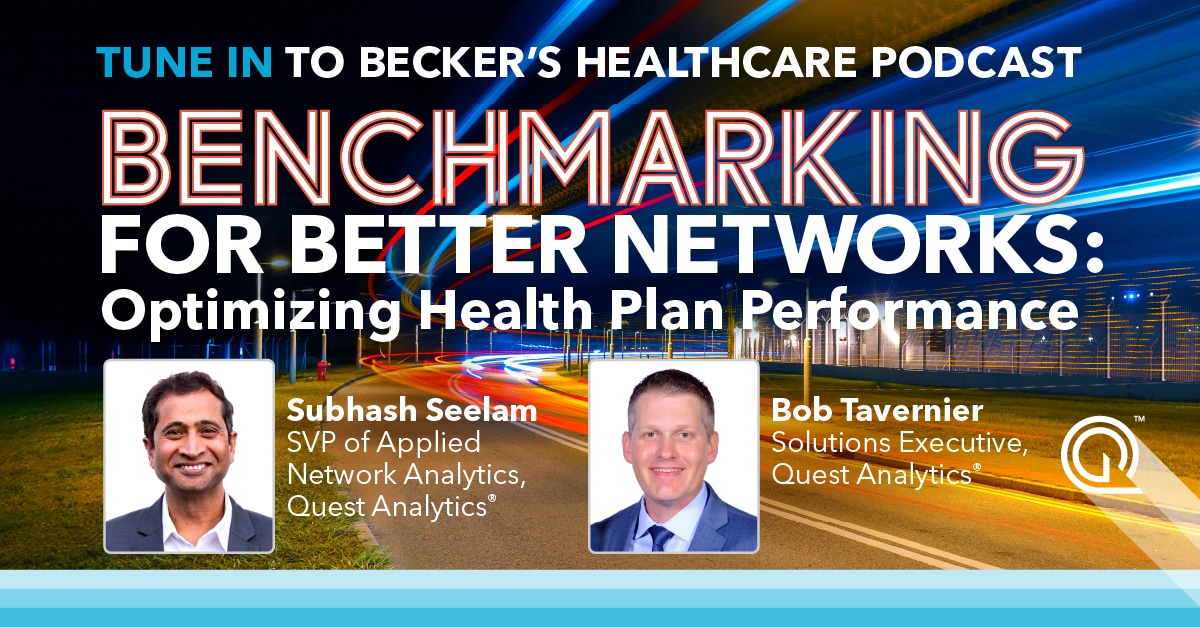You’ve probably heard the buzz surrounding provider data accuracy, and you might be wondering just how important it is for your organization. Well, you’re not alone! We conducted a study to uncover the hidden costs of not having accurate provider data. Buckle up, because we’re about to share some eye-opening insights with you.
Video more your jam? Press Play.
Scott Westover, SVP of Network & Regulatory Strategy, breaks down the study.
The No Surprises Act: Requirements for Provider Data Accuracy
Before we dive into the findings, here’s a recap of the No Surprises Act provider directory requirements. This gem requires group health plans and health insurance issuers offering group or individual health insurance coverage to verify their provider directory data at least once every 90 days. On top of that, you must have a defendable and documented process to show your good faith efforts in establishing and maintaining an accurate provider directory.
No Delays Allowed: Any providers or facilities that fail to respond, must be omitted from the directory and network analysis.
Tip: Read Provider Data Management Tips to Successfully Meet the No Surprises Act to learn more about the requirements and how to establish a compliant provider data management process.
PSA: Provider Data Accuracy Requirements Vary by State
When it comes to provider directory requirements, it’s important to note that they can vary depending on the state. This includes the data elements that require verification and the timelines for updating the directory. To get specific information about your compliance and legal obligations, reach out to your compliance contact.
P.S. Stay up-to-date on the latest network adequacy and provider directory accuracy policy changes by reading Network Adequacy and Provider Directory Accuracy Policy Updates.
Unveiling the Impact: Our Provider Data Accuracy Study
In our study, we zeroed in on a New York health plan and focused on primary care physicians in one county. Any primary care physician who hadn’t attested to their information in the last year was excluded from the network analysis. The outcomes were nothing short of jaw-dropping.
3 Reasons Why Provider Data Accuracy Matters to Your Business
1) Longer Travel Distances, Member Retention at Risk
The Average Driving Distance to Care for Primary Care Physicians Went from 4.2 Miles to 34.3 Miles
Impact: Members would now face an eightfold increase in travel for essential medical services, posing significant inconvenience, especially in emergencies. It’s worth considering—how many members will choose to stay with your plan if they have to drive eight times the distance for care?
2) Decreased Primary Care Physician Availability
Primary Care Physician Availability Decreased by 90%
Impact: Without timely provider attestations, the number of Primary Care Physicians took a sharp decline. Imagine the repercussions for your business if 90% of these critical providers suddenly vanished from your network.
3) Reduction in Market PCP Representation
Reduced Market Primary Care Physician Representation by 91%
Impact: This drastic reduction limits member options, potentially leading to provider abrasion and weakening your market position.
5 Tips to Improve Provider Data Accuracy
Knowing how to improve your approach to provider data accuracy can increase your ability to stay compliant and drive growth. Here are five tips to improve provider data accuracy and reduce risks.
Tip 1: Establish a Provider Outreach and Attestation Process Aligned with New Requirements
The No Surprises Act requires provider data verification at least once every 90 days. With additional regulators adopting this approach, adjusting your provider outreach to a rolling 90-day schedule can greatly enhance your compliance efforts.
For more provider data accuracy tips, check out 5 Best Practices for Improving Provider Data Accuracy, Provider Outreach, and Outcomes.
Tip 2: Include Communication and Data Verification Expectations in Provider Contracts
If you want to increase provider response rates, incorporate specific terms for providers to communicate updates and verify data. This approach promotes better engagement and mutual understanding. Additionally, having a convenient attestation process for providers can improve their responsiveness. For more tips on getting those response rates up, read How to Increase Practitioner Response Rates for Data Accuracy.
Tip 3: Automate Your Data Integration
Using an enterprise provider network management solution with automation tools such as an application programming interface (API) is a great way to quickly integrate the information you receive from providers or partners into your system. For a deep dive, watch Best Practices: Using Automation & APIs to Improve Provider Data Accuracy.
Tip 4: Resolve Urgent and High-Risk Provider Data Promptly
The No Surprises Act requires plans to update their provider directories within two business days once they hear about any changes from the providers. Meanwhile, other regulators like Medicare Advantage and Medicaid are adopting a five day window. With the shorter timeframes, it’s important to have an efficient process in place to identify and address urgent and high-risk provider data. This process includes the ability to distinguish between providers who have attested and those who have not.
Quest Enterprise Services Accuracy streamlines provider attestation, provider outreach, and data inspection, offering a complete view of what’s changed, what’s accurate, and what needs attention. Sign up today and see the difference it can make for your organization!
Tip 5: Use Additional Data Insights to Uncover Provider Activity
Don’t jump into provider suppression without all the facts. To gain an advantage, equip yourself with additional insights and data about providers. With this extra information, you can investigate whether providers are active and determine if suppression is necessary. Our team has discovered successful strategies that health plans use to achieve this. Get more insights from James Lamb, VP of National Payers, in the video below.
Provider Data Accuracy and Network Adequacy
The hidden costs of inaccurate provider data can manifest in longer distances to care, reduced availability of essential services, and a weakened market position. By prioritizing provider data accuracy, you pave the way for compliance and business growth. With Quest Enterprise Services Accuracy—you can effectively measure, manage, and monitor provider data accuracy, network adequacy, and network performance all in one go. Experience the difference today.
Related Articles on Network Adequacy and Provider Data Accuracy
Proven Solutions for Your Provider Network Management
Looking to simplify your workload? Let Quest Analytics take on the heavy lifting! Our solutions and dedicated team specialize in provider data accuracy and provider network adequacy for various lines of businesses, including Medicare Advantage, Medicaid and Commercial. Schedule a strategy session today and see how we can help you every step of the way.










